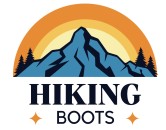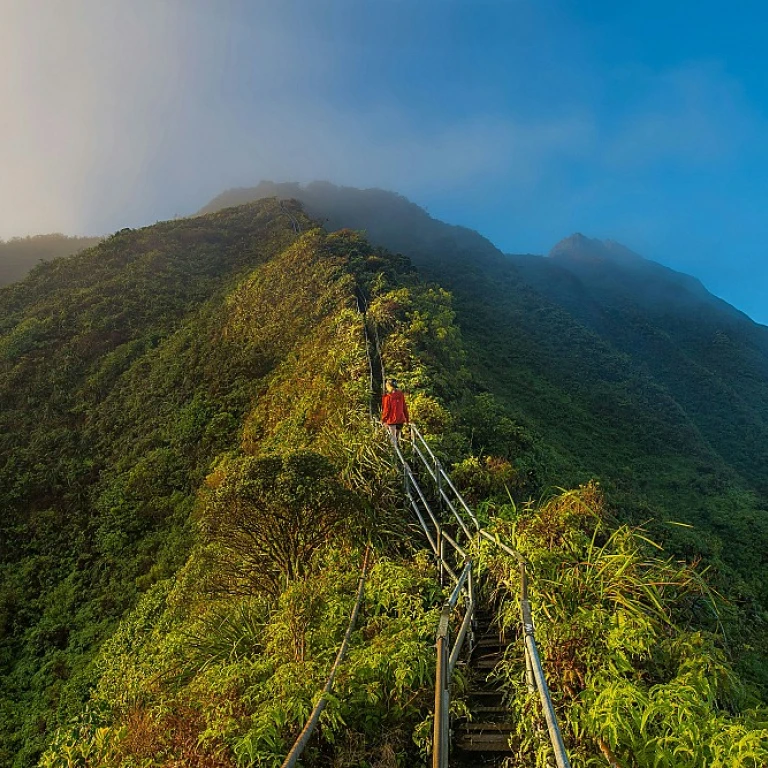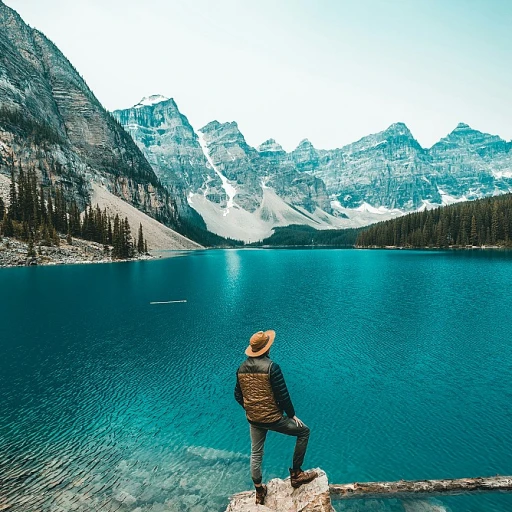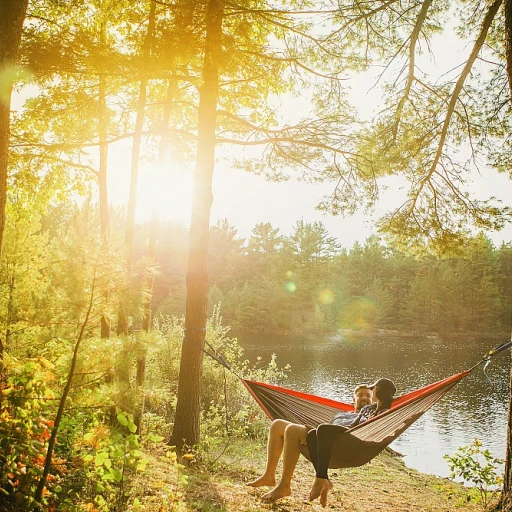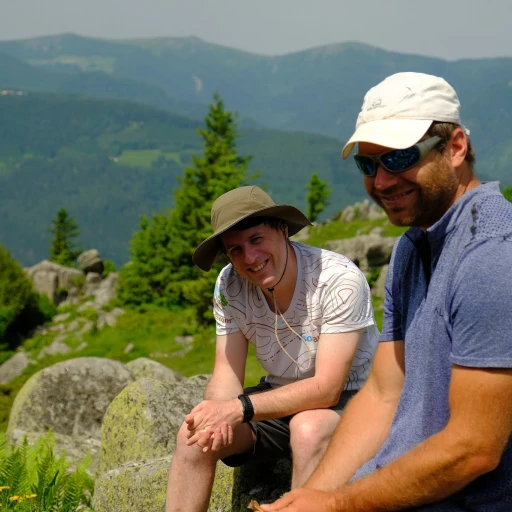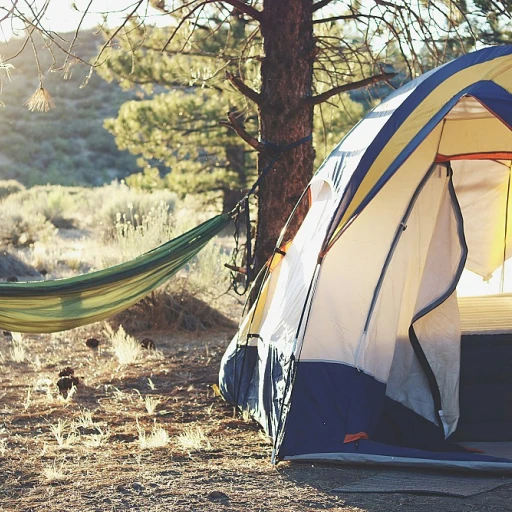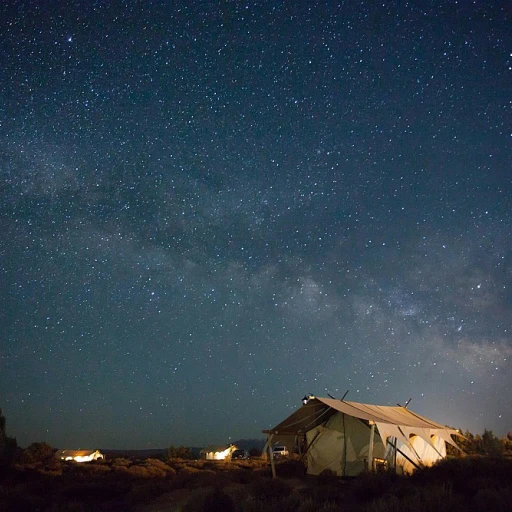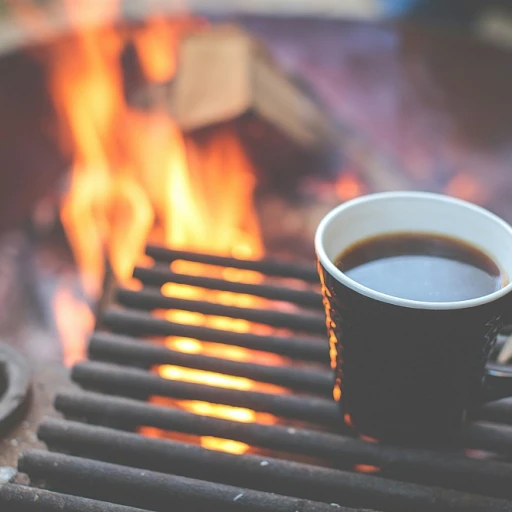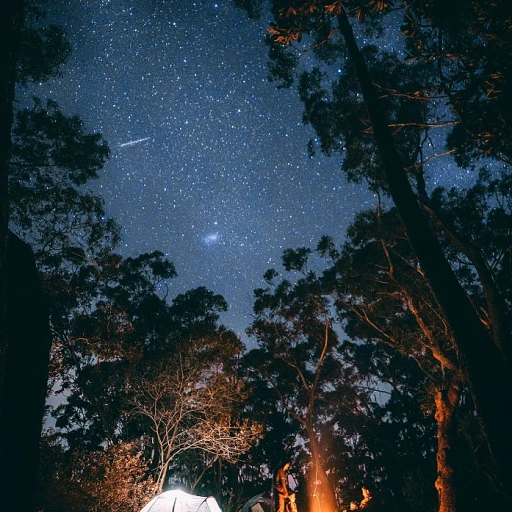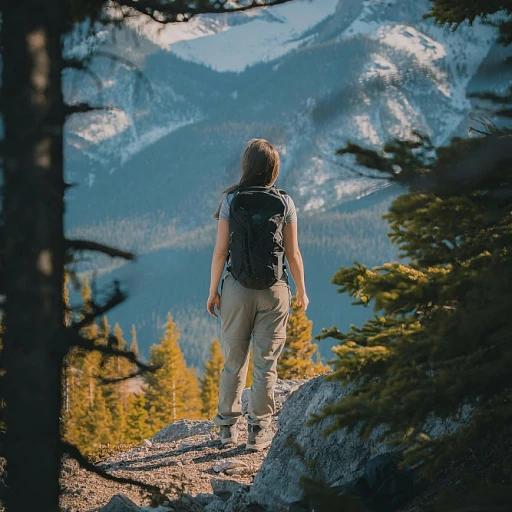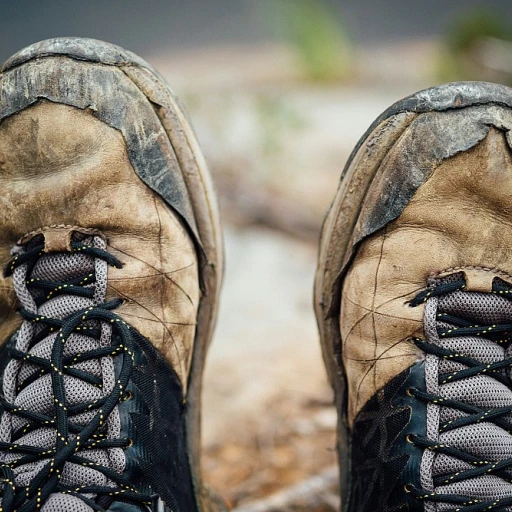Understanding Utah's Diverse Landscapes
Variety of Vistas You Can't Miss
The magic of camping in Utah lies in its sheer multitude of iconic destinations that offer breathtaking scenery. With its jaw-dropping views and endless horizons, Utah tempts outdoor lovers to pace themselves and soak in every moment. From the unique rock formations in Bryce Canyon to the majestic spires of Monument Valley, each park provides a unique canvas. When planning your trip, it's good to start with well-known parks like Zion. Imagine pitching your tent and waking up to towering sandstone cliffs. Or you could head over to Capitol Reef for the multihued rock layers that captivate visitors year-round. Don’t miss the night's sky at Bryce Canyon, where starry nights are paired with awe-inspiring silence. For those seeking water-based adventures, Lake Powell offers a splash of excitement with ample camping spots along its shoreline.Signature Spots to Explore
One can’t write about camping in Utah without mentioning Moab, famous for its proximity to iconic national parks like Arches and Canyonlands. With its vibrant red rock panoramas, it's a paradise for both hikers and trekkers. And if solitude is what draws you, the Grand Staircase has remote trails where you just might find yourself alone with your thoughts. Equally majestic is the Palo Verde wilderness in Grand Staircase National Monument. For a different perspective, venture to Antelope Island in the middle of the Great Salt Lake. The sweeping vistas of the water and landscape seem to stretch forever. And if you're inclined to explore the less-traveled path, the field offices around the state provide insights into lesser-known gems.Explore with Respect
Camping in these areas requires respect for the natural habitats and adherence to guidelines. Clean amenities, such as potable water and water toilets, are available at many campgrounds. Remember to leave campgrounds as you found them, emphasizing sustainable camping practices and respecting the land. To find inspiration for your next trek, check out the Top 10 Hikes in Utah for an adventurous overview. Through mindful exploration, each step you take could open up a whole new view of Utah that resonates not just with seasoned mountaineers but also with every outdoor enthusiast ready to explore the magic of its canyons and parks.Essential Gear for Utah Camping
Gear Up for the Utah Adventure
When you're planning to camp in Utah, having the right gear can make all the difference. Whether you're setting up camp in Zion National Park or exploring the rugged beauty of Bryce Canyon, the right equipment ensures a comfortable and safe experience.
Choosing the Right Tent
Your tent is your home away from home. In Utah, where weather conditions can change quickly, a sturdy, weather-resistant tent is essential. Look for tents that offer good ventilation and are easy to set up. If you're camping near Lake Powell or the Juan River, consider a tent with a full rainfly to keep dry during unexpected showers.
Sleeping Bags and Pads
Utah's nights can be chilly, especially in higher elevations like Bryce Canyon and the Grand Staircase. A sleeping bag rated for lower temperatures will keep you warm and cozy. Pair it with a sleeping pad for added comfort and insulation from the ground.
Cooking and Eating Essentials
Cooking under the stars is one of the joys of camping. A portable stove or grill is perfect for preparing meals in campgrounds like those in Moab or Monument Valley. Don't forget a set of durable cookware and utensils. Always have a plan for storing food safely to avoid attracting wildlife.
Water and Hydration
Staying hydrated is crucial, especially in Utah's arid climate. Carry a reliable water filter or purification tablets if you're hiking in areas without potable water. Many campsites near national parks and state parks have water stations, but it's wise to have a backup plan.
Clothing and Footwear
Layering is key in Utah's unpredictable weather. Lightweight, moisture-wicking clothing keeps you comfortable during the day, while warm layers are essential for cool nights. Sturdy hiking boots are a must for tackling trails in Zion or the national forests.
Navigation and Safety
A map and compass, or a GPS device, are vital for exploring remote areas like Mexican Hat or the national monuments. Always let someone know your plans and expected return time. A basic first-aid kit and a multi-tool can be lifesavers in unexpected situations.
For more tips on how to prepare for the weather in Zion National Park, check out our guide on Zion National Park Weather.
Navigating Utah's Trails: Tips for Hikers and Trekkers
Trail Tips for Adventuring in Utah
Utah's trails, like a good old tale told around the campfire, are etched with stories and adventures that await you. Whether it's weaving through the red rock cathedrals of Bryce or traipsing along the rim of Canyonlands, each step is a brushstroke on the canvas of nature. But before you lace up those boots, a bit of trail know-how can make your escapades not just memorable, but also safe and truly spectacular.Packing Basics for Trail Blazing
Gear up right, and the trails will become your playground. Utah's unpredictable terrains mean essentials like maps, a compass, or GPS are your guiding stars. Pack enough water to keep your thirst at bay. Many state parks and national parks, from Zion to Arches, have potable water sources, but it's wise to check with local sites or visitor centers for the latest. Layered clothing is your best bet. From the warmth of the day in Monument Valley to the chill at night in Bryce Canyon, having options can make all the difference. And don't forget a wide-brimmed hat and sunscreen. The sun here can be relentless, especially in exposed areas like Mexican Hat.Selecting Your Trail: A Personal Decision
Choosing the right trail is like selecting the perfect book from a vast library. Each offers its own story—from short, family-friendly jaunts in Moab to challenging ascents in the Grand Staircase-Escalante. The more you know about what each has to offer, the better. For seasoned hikers aiming to cover significant ground, the full experience of the Zion Narrows could be unmatched. Leisurely walkers might delight in the serene trails along Lake Powell. Feel free to consult online forums or local field offices for real-time conditions.Preparedness: Every Hiker’s Best Friend
Always check the weather forecast—a sunny morning can quickly become a blustery afternoon. In wet seasons, Utah's canyons can flood suddenly, creating water hazards necessitating a swift exit. Simple prep pays off. Share your plans with someone. Whether parking at a national campground or setting off into a state park, let someone know your expected return. For more on exploring the state's footpaths, consider visiting sites focusing on Utah hikes, revealing trails as varied as the landscapes themselves. Chasing the trails of Utah feels a bit like stepping into a storyline waiting to unfold. Each route offers new views, unique challenges, and cherished memories that blend the beauty of the park, the thrill of the hike, and the tranquility of a night under the stars.Weather Challenges and How to Prepare
Weather Woes: What You Need to Know
Camping in Utah is an adventure that comes with its own set of weather challenges. From the scorching sun of Moab to the chilly nights in Bryce Canyon, being prepared is key. The weather can change rapidly, especially in areas like Zion National Park or the Grand Staircase-Escalante. Knowing what to expect and how to prepare will make your camping experience much more enjoyable.
Temperature Swings: Day and Night
Utah's desert climate means you can experience a 30-degree swing between day and night. While the sun blazes during the day, temperatures can drop significantly at night. Pack layers to stay comfortable, especially if you're camping in a campground near Bryce Canyon or Zion National Park. A good sleeping bag and a reliable tent will keep you warm when the mercury dips.
Rain and Flash Floods
Rain might seem rare, but when it does pour, it can lead to flash floods, especially in narrow canyons. Always check the weather forecast before heading out, and pay attention to any warnings from park rangers or the local field office. If you’re camping near a water source like the Juan River or Lake Powell, be cautious of rising water levels.
Wind and Dust
Strong winds can kick up dust, particularly in open areas like Monument Valley or the Salt Lake desert. A sturdy tent with full stakes and guylines will help you weather any storm. Bringing a bandana or mask can also help keep the dust out of your face during those gusty moments.
Hydration and Sun Protection
With Utah's dry climate, staying hydrated is crucial. Always carry enough potable water, especially when hiking in remote areas. Sun protection is equally important—pack sunscreen, hats, and sunglasses to shield yourself from the harsh rays. Whether you're exploring national parks or state parks, keeping hydrated and protected from the sun is vital.
Camping in Utah offers a chance to connect with nature in a way few places can. By preparing for the weather challenges, you’ll ensure a safe and memorable adventure, whether you're pitching a tent in a national forest or setting up your RV at a full hookup site.
Respecting Nature: Sustainable Camping Practices
Leave No Trace: The Golden Rule of Camping
When you're camping in Utah, especially in breathtaking spots like Zion National Park or Bryce Canyon, it's vital to follow the Leave No Trace principles. These guidelines help preserve the natural beauty and ensure that future generations can enjoy the same pristine sites. Remember, the goal is to leave the campground and trails as you found them, if not better.
Mindful Waste Management
Utah's national parks and campgrounds often provide trash disposal facilities, but it's always a good idea to pack out what you pack in. This includes food scraps, wrappers, and any other waste. Consider bringing reusable containers to minimize trash. In areas without trash services, like some parts of the Grand Staircase or Monument Valley, carrying out your waste is not just a suggestion—it's a necessity.
Water: The Lifeblood of the Desert
Water is precious in Utah's arid regions. When camping near rivers like the San Juan or lakes such as Lake Powell, use biodegradable soap and keep it away from water sources. If you're in a campground with potable water, use it sparingly. The desert's fragile ecosystem relies heavily on its limited water supply, so every drop counts.
Respect Wildlife and Flora
Utah's diverse wildlife, from the majestic bighorn sheep in Canyonlands to the delicate flora in the national forests, deserves our respect. Observe animals from a distance and never feed them. Feeding wildlife can harm their health and disrupt natural behaviors. Stick to established trails to avoid trampling plants and causing erosion.
Campfires: Use with Caution
Campfires can be a cozy part of the camping experience, but they must be handled responsibly. Many areas, especially during dry seasons, have restrictions on open fires. Always check with the local park or field office for current fire regulations. Use established fire rings where available and ensure your fire is completely out before leaving.
Engage with the Local Community
Utah's outdoor community is passionate about preserving its natural wonders. Engage with local groups or park rangers to learn more about sustainable practices. Whether you're in Moab or Salt Lake, these interactions can enrich your camping experience and provide valuable insights into the state's unique environment.
